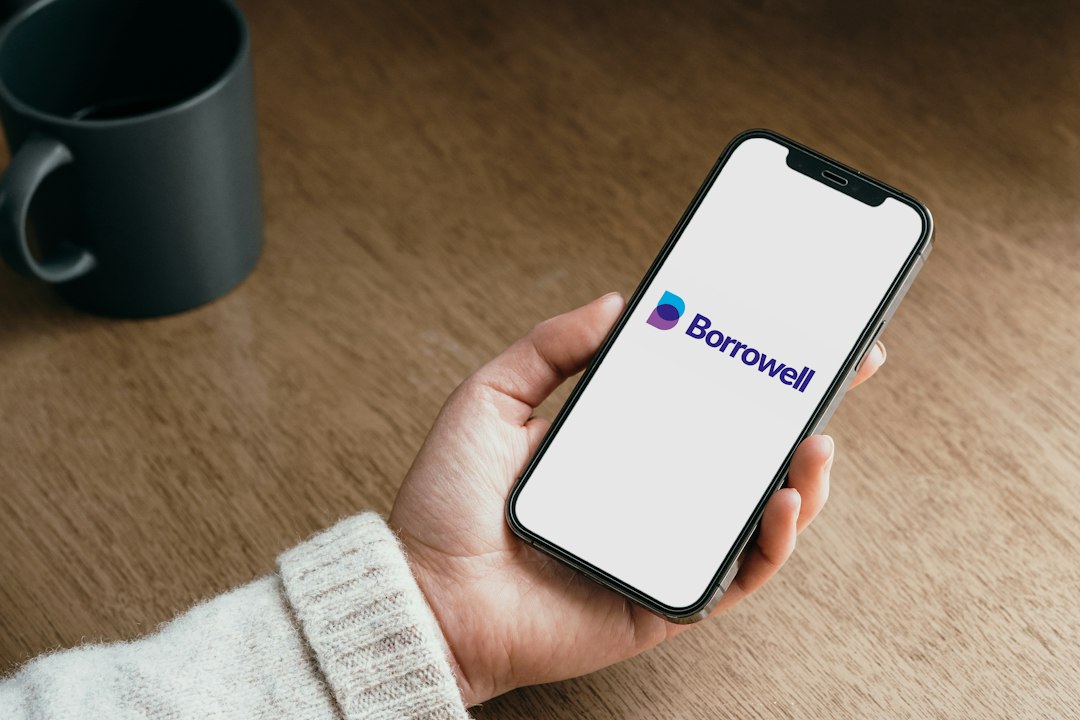Understanding SegWit: A Breakdown of the BTC Scaling Solution
If you’re interested in cryptocurrencies and the innovative technology behind them, chances are you’ve come across the term “SegWit.” Even though it may sound like a foreign concept, understanding SegWit is essential if you want to fully grasp the scalability challenges faced by Bitcoin and how they are being addressed. In this article, we will break down SegWit, explain its significance, and explore its potential impact on the world of cryptocurrencies.
What is SegWit?
SegWit, short for Segregated Witness, is a proposed solution aimed at resolving some of the scalability issues that exist within the Bitcoin network. Scaling refers to how well a cryptocurrency can handle an increasing number of transactions. As the popularity of Bitcoin grew, the limitations of its blockchain technology became apparent – the network could only process a limited number of transactions per second.
SegWit proposes a way to increase the transaction throughput on the Bitcoin network without compromising its security or decentralization. It accomplishes this by restructuring how transaction data is stored in the blockchain.
How does SegWit work?
Traditionally, the data of every Bitcoin transaction was stored in a block along with its digital signature. This resulted in larger block sizes and slower processing times. SegWit separates the transaction data from the digital signature, enabling more transactions to fit in a block and increasing the overall capacity of the network.
When a SegWit-compatible transaction is created, the digital signature, known as the witness data, is separated from the transaction data. The witness data is then stored outside the block, allowing more transactions to be included within the limited block size. Moreover, this separation opens the door for further improvements and optimizations, such as the Lightning Network.
Why is SegWit important?
SegWit brings several advantages to the Bitcoin network. Firstly, it increases the transaction throughput, addressing the issue of scalability. With more transactions being processed per second, Bitcoin can handle a larger volume of users and transactions, making it more efficient and user-friendly.
Secondly, SegWit enhances the security of the network. By separating the witness data, it prevents certain types of attacks, such as transaction malleability, which could modify transaction IDs and lead to potential issues.
Finally, SegWit lays the foundation for future improvements, such as the implementation of second-layer solutions like the Lightning Network. These solutions build upon the SegWit upgrade and enable faster and cheaper transactions outside of the main blockchain, relieving it from congestion.
What are the benefits of SegWit for you?
As a user, the implementation of SegWit brings several benefits. Firstly, it reduces transaction fees. With increased transaction throughput, the demand for block space decreases, resulting in lower fees for your transactions.
Secondly, SegWit improves the transaction speed. Due to the increased capacity, transactions are confirmed more quickly, allowing you to experience faster and smoother transactions.
Finally, the enhanced security provided by SegWit ensures that your transactions are less susceptible to certain types of attacks, making your overall experience with Bitcoin safer and more reliable.
FAQs:
Q: Will I need to take any action to benefit from SegWit?
A: In most cases, users don’t need to take any action. Wallet providers and exchanges have been adopting SegWit, and if you’re using a SegWit-compatible wallet, your transactions will automatically utilize SegWit’s benefits.
Q: Does SegWit make Bitcoin incompatible with older wallets or services?
A: No, SegWit is backward compatible, meaning that it does not require any changes to existing wallets or services. However, for the full benefits of SegWit, it’s recommended to use a SegWit-compatible wallet.
Q: Are there any drawbacks to SegWit?
A: Some critics argue that the increased block capacity achieved through SegWit is not sufficient to solve Bitcoin’s scaling challenges in the long term. Additionally, the adoption of SegWit has been gradual, with some users still utilizing non-SegWit transactions, limiting its immediate impact.
In conclusion, SegWit is a significant upgrade to the Bitcoin network, aimed at addressing its scalability challenges while improving security and enabling future advancements. By separating the witness data, SegWit increases the transaction throughput, reduces fees, and enhances transaction speed. As a user, you can benefit from SegWit’s advantages without the need for any additional action. However, it’s important to note that the full potential of SegWit depends on its widespread adoption by wallets and users alike.





 By
By
 By
By
 By
By
 By
By
 By
By
 By
By